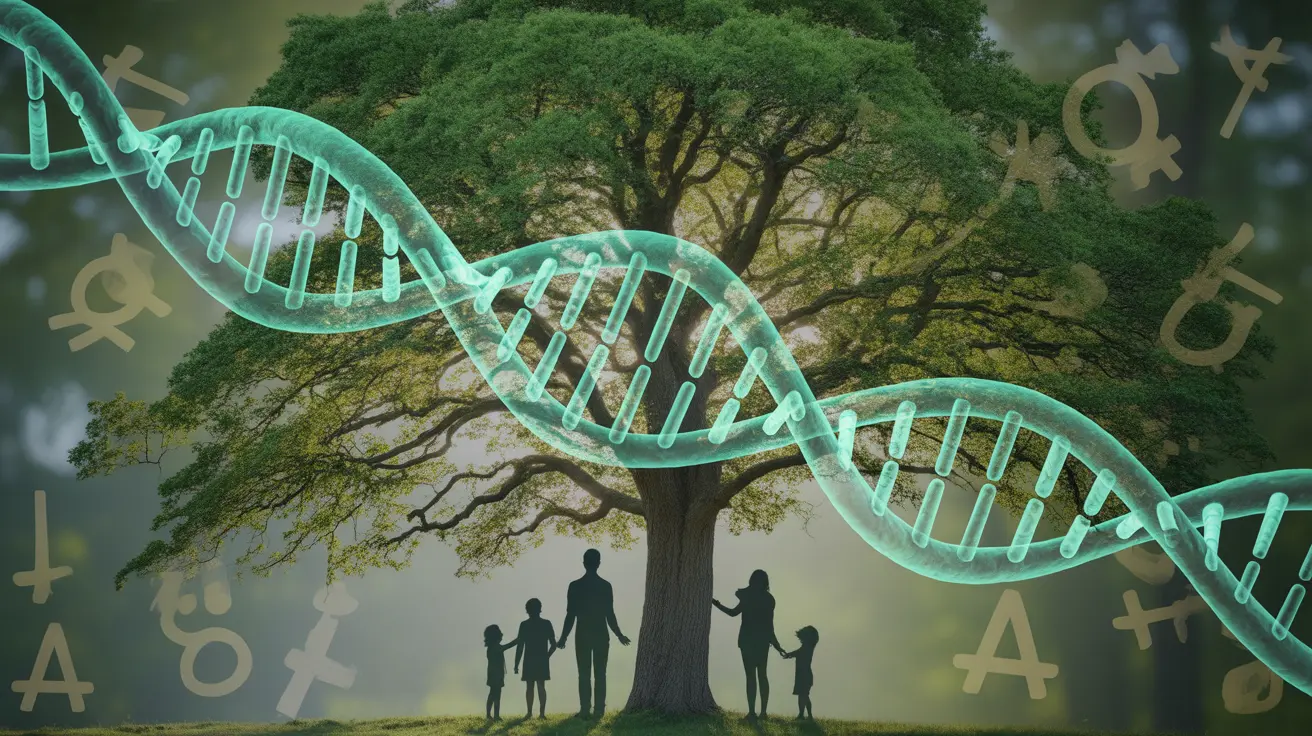Autism spectrum disorder (ASD) is a complex neurodevelopmental condition that can sometimes be challenging to diagnose accurately. With increasing awareness of autism in recent years, the issue of misdiagnosis has become a significant concern for healthcare providers, families, and individuals seeking answers about their developmental differences.
Understanding the factors that contribute to autism misdiagnosis is crucial for ensuring that individuals receive appropriate support and interventions. This comprehensive guide explores the common challenges in autism diagnosis, overlapping conditions, and steps to ensure diagnostic accuracy.
Common Causes of Autism Misdiagnosis
Several factors can contribute to the misdiagnosis or missed diagnosis of autism spectrum disorder:
Gender-Based Diagnostic Bias
Research shows that females are often underdiagnosed or diagnosed later than males. This occurs because autism can present differently in females, who may be better at masking or camouflaging their symptoms through learned social behaviors.
Cultural and Socioeconomic Factors
Access to healthcare, cultural differences in understanding developmental differences, and language barriers can all impact the accuracy of autism diagnosis. Some communities may have limited access to qualified diagnosticians or face cultural stigma that prevents seeking evaluation.
Age-Related Challenges
While early diagnosis is ideal, some individuals may not receive an autism diagnosis until adolescence or adulthood. This delay can occur when symptoms are subtle or when compensatory strategies mask underlying challenges during childhood.
Overlapping Conditions and Diagnostic Complexity
Many conditions share symptoms with autism spectrum disorder, leading to potential diagnostic confusion:
- Social anxiety disorder
- ADHD (Attention Deficit Hyperactivity Disorder)
- Sensory processing disorders
- Language disorders
- OCD (Obsessive-Compulsive Disorder)
These overlapping conditions can either mask autism or be mistaken for it, making comprehensive evaluation crucial for accurate diagnosis.
Impact of Misdiagnosis
Emotional and Social Consequences
Misdiagnosis can lead to inappropriate interventions, delayed support, and emotional challenges for individuals and families. When autism is missed, individuals may struggle without understanding why, potentially leading to anxiety, depression, or low self-esteem.
Educational and Developmental Effects
Without proper identification of autism, children may miss crucial early intervention opportunities or receive inappropriate educational support that doesn't address their specific needs.
Improving Diagnostic Accuracy
Comprehensive Evaluation Approaches
Modern autism diagnosis should involve multiple assessment tools and observations across different settings. This may include:
- Standardized diagnostic instruments
- Behavioral observations
- Developmental history review
- Input from multiple professionals
- Assessment in various environments
Professional Expertise
Seeking evaluation from professionals with specific expertise in autism diagnosis can help ensure accuracy. This may include developmental pediatricians, child psychologists, or autism specialists.
Frequently Asked Questions
What are the most common reasons autism is misdiagnosed or missed in children and adults? The most common reasons include gender-based diagnostic bias, masking behaviors, overlapping conditions, and varying presentation of symptoms across different ages and cultures.
How do symptoms of autism overlap with other conditions, and how does this affect diagnosis accuracy? Conditions like ADHD, anxiety disorders, and sensory processing issues share many symptoms with autism. This overlap can lead to misdiagnosis or missed diagnosis, requiring careful differential diagnosis by experienced professionals.
What are the potential consequences of being misdiagnosed with autism or not receiving a timely diagnosis? Consequences can include delayed appropriate interventions, emotional and social challenges, educational difficulties, and missed opportunities for early support and development of coping strategies.
How reliable are current autism screening tools and tests in preventing misdiagnosis? While screening tools have improved, no single test is definitive. The most reliable approach combines multiple assessment tools, professional observation, and comprehensive developmental history evaluation.
What steps can parents or caregivers take to ensure an accurate autism diagnosis for their child? Parents should seek evaluation from qualified autism specialists, provide detailed developmental history, gather observations from multiple settings (home, school, social situations), and consider getting a second opinion if concerns persist.




